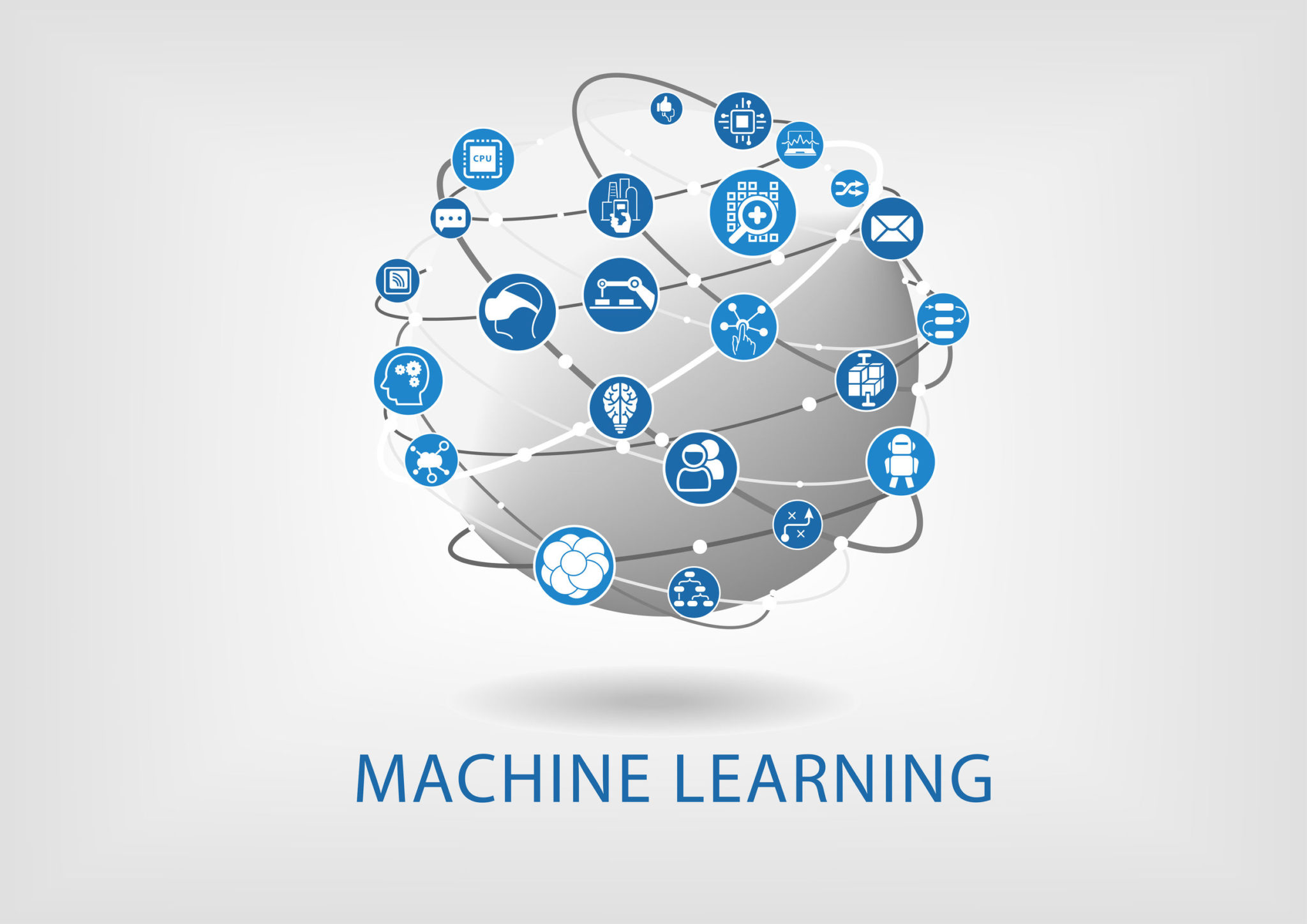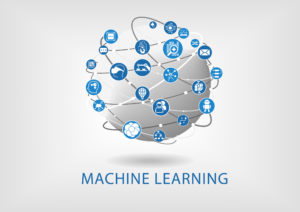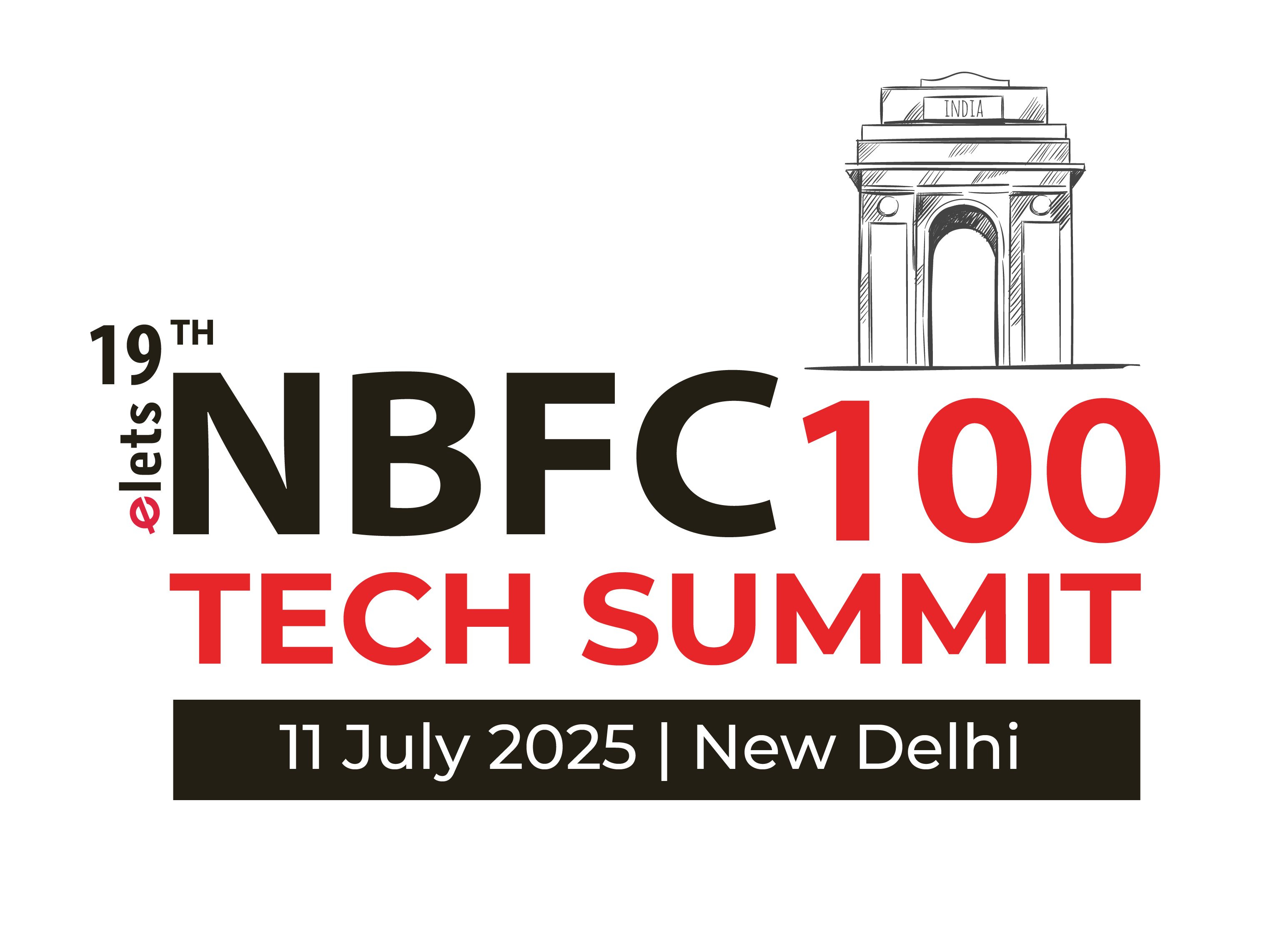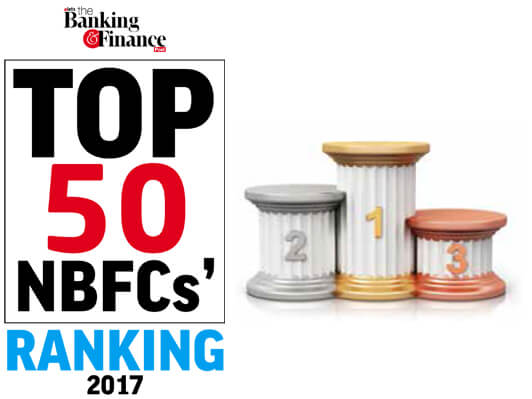With the rapid growth of information technology, the financial services industry has changed significantly in the last decade.
The advent of online payment solutions across various devices has resulted in massive online data flow appearing in Information Technology systems, centralising data from multiple domains.
The competitive nature of this industry has given an impetus to change technologies that are capable of handling big data and exploit business value from the massive information flow.
Every company in the financial sector is trying to make extensive use of technology to offer low-cost solutions to their customers that are easily accessible and simple to use. Thus, huge amount of investments is being made to attract new customers and at the same time retaining the old ones.
Application of Machine Learning (ML) algorithms in this scenario could be a game-changer for the Banking, Financial Services and Insurance (BFSI) enterprises which embraces this change. ML algorithms would enable the financial enterprises to highly personalise their offerings to their customer based on their behaviour while also providing the flexibility to bring focus into their marketing campaigns. ML also accommodates for any change in customer behaviour, capturing those changes and incorporating the same while providing recommendations to their customers.
While ML provides contextual offerings to customers, supporting BI infrastructure would help transform the way BFSI enterprises conduct their business. Not only would the accompanying Business Intelligence tools capture the Key Performance Indicators (KPIs) but also provide near real time feedback to the management, which can course correct accordingly and align themselves to the organisational goals in an efficient way.
Machine Learning Use Case in an Insurance Enterprise
One of the biggest challenges for any enterprise which makes use of call centres to reach out to its leads directly and convert them into their customers is identification of cohorts of customers who’d show a higher tendency of making the final call of buying. Given the volumes of customers that a typical call centre caters to, it becomes imperative that enterprises have a sound strategy around call centres, their representatives and managing the omni channels through which they can reach out to their customers through phone, website, live chat, email or instant messaging. Ultimately, the customer experience of providing the right answers at the right time would improve the sales conversions resulting in lower costs and higher revenue.
Machine Learning Approach
The insurance enterprise under consideration has a substantial contribution from the Call Centre channel to its overall revenue. In this scenario, it is highly desirable that we can maximise the opportunity of converting a potential customer into an actual one based on the reach out programs designed for such leads. However, without any focus on which customer should be targeted or what should be the context of calling a customer, the conversion metric wouldn’t be optimised to its maximum potential. Our approach to solve this problem was to look at the issue from a machine learning perspective wherein we try to look for correlations between multiple variables that may affect a customer’s conversion behaviour vis-à-vis their final status as to whether they convert or not.
Random forest Classifier
The information available to us from the call centre is at a call level record. Initially, we tried combining duration of the call and breaking the time/day/week of the call to identify a correlation. Even though correlation was present but the features themselves were relatively weak and to further enhance them, we decided to combine and form new features along with different dispositions (stage of customer journey) and other available data. Once we extrapolated weak features to around 1000 granular features, we used a combination of Random Forests and Gradient Boosting to identify the correct number of parameters to use for predicting the conversion, without overfitting the data. Since we are trying to identify customers who show an inclination towards buying, it’s reasonable to have a small per cent of false positives but false negatives need to be minimised in the scenario. Cross validation techniques were also used to balance the data bias. The metric we chose for boosting were Assets Under Custody (AUC) and log_loss. The classifier is able to give a probability score between 0-1 indicating the confidence of the classification. We then simply sort the probability scores in descending order.
Since, bulk of the data are captured under True Negatives (i.e both prediction and actual states are “No”), we have a concentrated distribution of users at the lower end of predicted probabilities.
When we consider the probability distribution for the customers who have indeed converted, we see that the distribution is significantly skewed towards higher propensity of conversion.
Based on the graph plot of Report on Compliance (ROC) and the distribution plot of probability scores of validation data, we are able to come-up with a priority list with a cut-off probability for the test / daily-feed data for active leads in the system.
Key Learning
Confusion Matrix
| Actual Conversion | Predicted Conversion | |
| N | Y | |
| N | 92.11% | 0.62% |
| Y | 0.62% | 6.65% |
The model shows a high accuracy of 98.76 per cent across all cases under consideration. It also has a precision of 91.53 per cent (i.e. < 10 per cent of false positives), which typically in this use case is an opportunity to the enterprise to further target additional customers who show the potential/behaviour of a typical customer.
Business Impact
The endeavour in this analysis was to minimize False-Negatives so that we are not identifying the cohort of customers which actually shows converting behaviour and classify them as non-converts. The accurate classification of customers into relevant segments essentially helps the decision makers in prioritizing the set of customers who should be specifically targeted and driving the conversion through call centres. Based on the recommendations of the classification, the potential expected incremental conversion rate is ~60 bps from the baseline conversion rate and result in incremental revenue of $750K per product. However, having said that, the classification algorithm could further be improved with the incorporation of features like:
- Associating call centre representatives and their performance vis-à-vis customer classification
- Incorporation of web-related events at the customer level to further solidify the classifier
- Looking at cross-selling opportunities within the customer base
- Integrating the sentiment displayed in actual conversations with the representative and determining intent
About Kuliza
Kuliza helps financial enterprises power their digital business with scientific design process, open source computing and artificial intelligence. Its suite of transformation solutions helps enterprises design and build end to end Digital Lending Platforms, Mutual Funds Commerce Engines & Digital Insurance Platforms.To know more reach out to contact@kuliza.com
Elets The Banking and Finance Post Magazine has carved out a niche for itself in the crowded market with exclusive & unique content. Get in-depth insights on trend-setting innovations & transformation in the BFSI sector. Best offers for Print + Digital issues! Subscribe here➔ www.eletsonline.com/subscription/





















